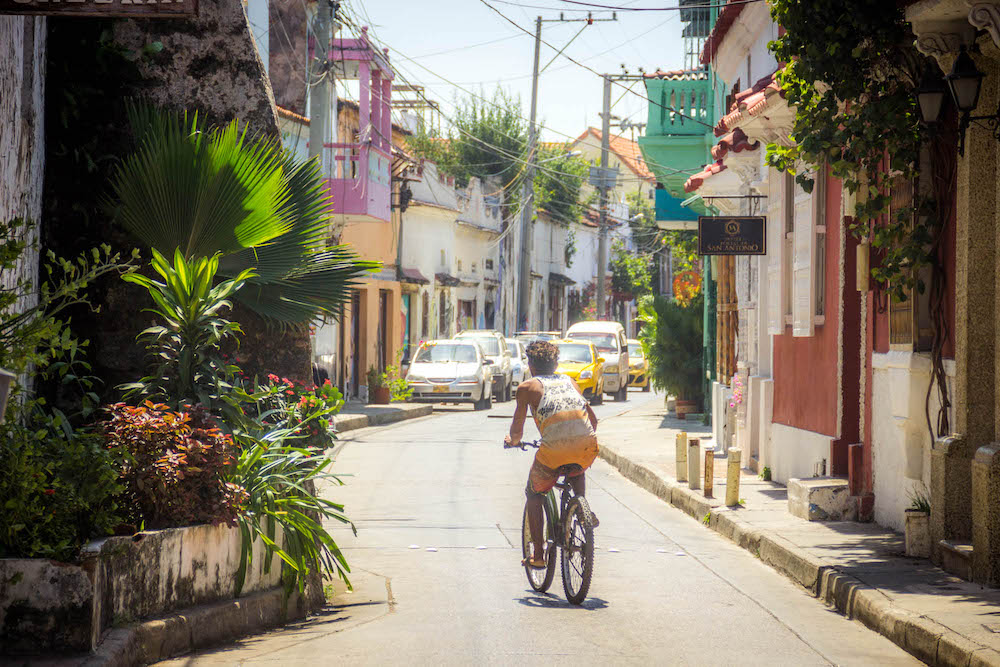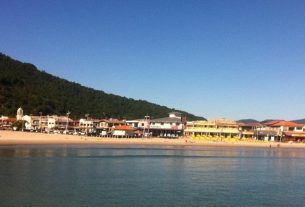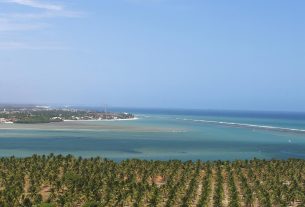At the end of the 1940s, Gabriel García Márquez used to frequent the Getsemaní neighborhood, in Cartagena de Indias, to talk to fishermen, visit local markets and fill his fertile imagination with the stories he heard there. At the time, the neighborhood, which extends outside the walls of the historic center to the sea, was considered the outskirts of the city, home to the poorest population, which contrasted sharply with the fairy-tale life of the local aristocracy. Violence, prostitution and drug trafficking were prevalent there.
The proximity to the center, the expansion of the city and the local tourist appeal brought with them gentrification and, today, Getsemaní has a different face. Considered the favorite neighborhood of backpackers, artists and bohemians, the place is a cultural hub in Cartagena de Indias. There, the colorful colonial mansions take on huge street art panels and are transformed into hostels, art galleries and cool restaurants.
Despite the strong tourist exploitation that is transforming the place today and the presence of foreign investors, Getsemaní still preserves – it is not known for how long – an authentic look of neighborhood life, a contrast with the scenic city inside the walls.
Read too: The Cartagena that made García Márquez dream
What to do in Cartagena de Indias
Where to stay in Cartagena de Indias
Street food in Cartagena de Indias
What to do in Getsemaní
Street art
Getsemaní is internationally recognized for the beauty of its street art panels. In 2013, it became the headquarters of the International Urban Art Festival, one of the most important of its kind. On the occasion, 11 artists from Cartagena de Indias, 24 from other parts of Colombia and three international artists gathered there to tell stories on the neighborhood’s walls.
Walking through its streets and getting lost is always a good way to be surprised by the colorful paintings on the walls, many of them with a political bias that express recent issues experienced in the neighborhood and the city: racism, gentrification, popular stories and legends, Afro culture and the exaggerated expansion of the tourist market. A Sierpe Street (or Calle 29) is a good place to start your street art hunt.
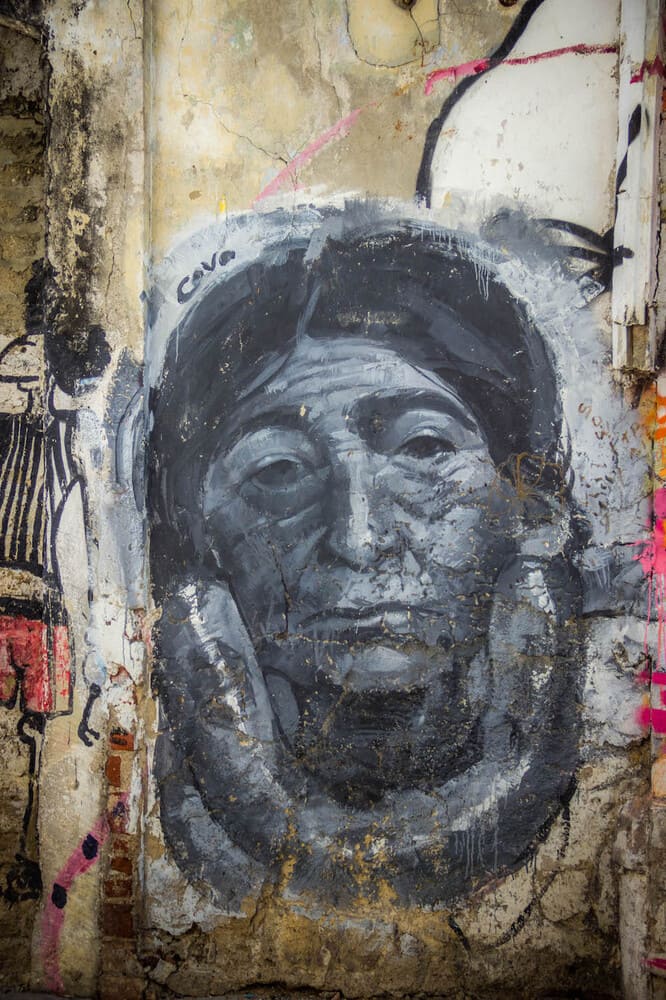
Architecture
The colonial mansions of Getsemaní are much simpler than the mansions in the walled city and some of them have been significantly damaged by time. But this old town look and colorful facades are what make the neighborhood so special. Among the main buildings in the neighborhood are the modest Church of the Holy Trinityin Trinity Square, traditional Café Havana.
Trinity Square
Every night, the neighborhood’s main square is filled with street food vendors, artists who make their stage there and travelers from all corners of the world who come together for a nice affordable dinner, a beer in the open air or just chatting with friends and enjoying the cool breeze at the end of the day. The place is full of people and generates a very interesting international atmosphere.
Bars, restaurants and nightlife
Around Plaza Trinindad there are several cafes and restaurants with tables on the street and an international menu, very good for observing the life of the neighborhood, such as Solar Cartagena and Café de la Trinindad. To try the famous Colombian coffee, the option is Café del Mural, which also plays with the neighborhood’s street art tradition. When you’re craving pizza, try Mama Nilma.
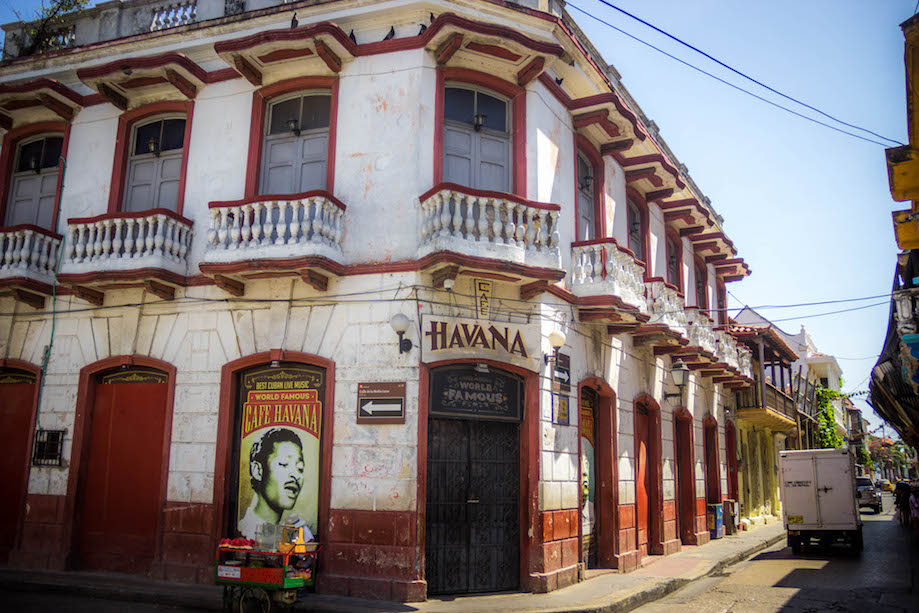
Café Havana was one of Mr.’s favorites. García Marquez for some good drinks. Those who want to indulge in salsa can try the traditional Quiebcanto night out, filling local nights with Caribbean rhythm since 1974.
Bazurto Market
Of. Pedro De Heredia
The old Getsemaní of the working classes and the authentic Caribbean still survives in Bazurto, a popular market where you can find a little of everything and one of the few places in the city where tourists are an absolute minority. There are plenty of fishermen’s stalls selling fresh fish and live chickens, every type of fruit and vegetable you can imagine. This is a good place to stock up the fridge and, as a bonus, get in touch with a Cartagena that the Walled City will never show you.
When passing by, be careful with your belongings, as the place is full of pickpockets who always take advantage of these situations.
Where to stay in Getsemaní, Cartagena de Indias
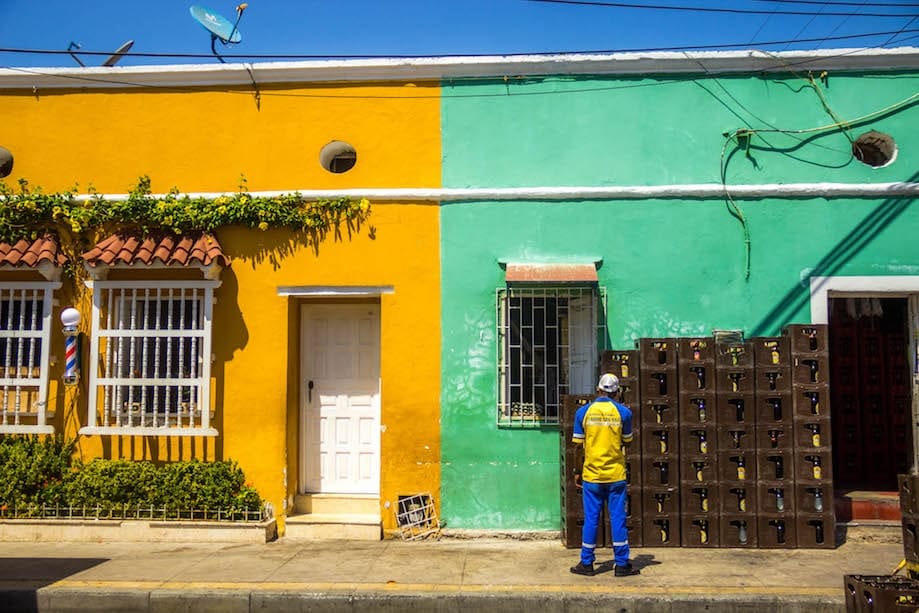
Getsemaní is, for me, the best area to stay in Cartagena de Indias. It is next to the walled city, but is still considerably cheaper than the hotels inside. There is a lot of bohemian life, restaurant options, people on the streets and squares that form a very interesting region, in which you can wander aimlessly and get lost in the alleys.
On my last visit, I stayed at Hostel Piano House Getsemaní, a small and simple hostel, located next to the neighborhood’s main square and 700 meters from Parque Bolívar. Daily rates for a bed in shared accommodation start at nine dollars. See other hotel options in Getsemaní here.
Are you going to travel? Travel Insurance is mandatory in dozens of countries and essential for any trip. Don’t be left unprotected in Colombia. See how to get the best cost/benefit insurance with our discount code.
Sign up for our newsletter

Sign up for our newsletter and stay up to date with exclusive news
that can transform your routine!
Warning: Undefined array key "title" in /home/storelat/public_html/wp-content/plugins/link-whisper-premium/templates/frontend/related-posts.php on line 12
Warning: Undefined array key "title_tag" in /home/storelat/public_html/wp-content/plugins/link-whisper-premium/templates/frontend/related-posts.php on line 13

